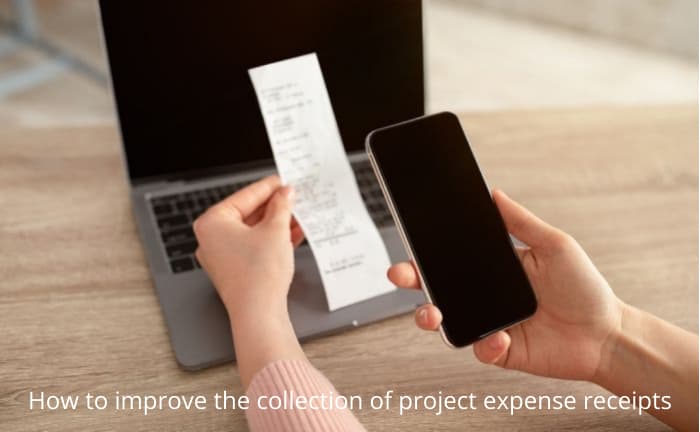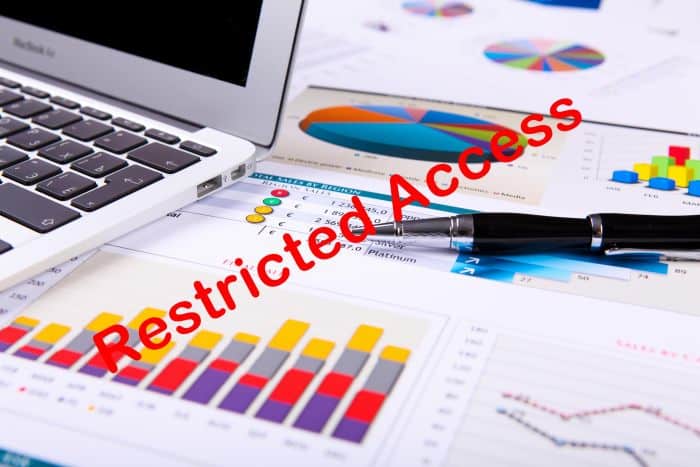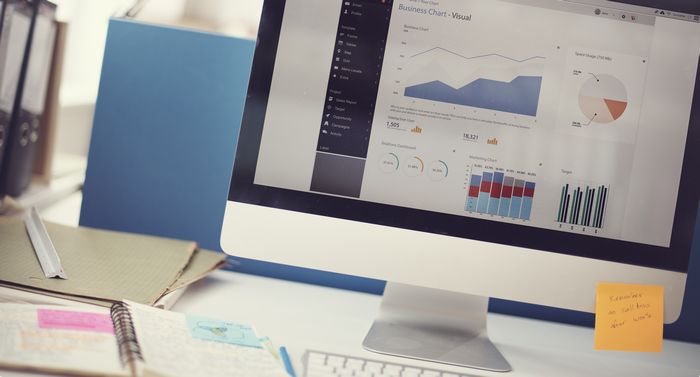Table of Contents
Problem: You don’t have project expense receipts to prove your project costs
As a project manager, it is your responsibility to make sure your project is on budget and on schedule. This can be difficult when you are working with a team of people that may not be as familiar with the project as you are.
Part of your role as the project manager is to ensure that thorough records of all expenses associated with your project are kept. You and your team should submit complete and accurate expense claims, including the associated receipts as supporting evidence.
Submitting project expense receipts can be time consuming. It is easy for team members to forget to submit receipts with their cost claims, or perhaps to not bother doing so. However, unorganised or missing receipts affects project cost controls and cost tracking. Missing project expense receipts can mean you or your team does not get reimbursed for expenses they paid for. Or it can mean that staff or even contractors don’t get paid properly or on time.
Missing project receipts also means that project cost tracking will not be accurate. Most companies require a receipt for any expense claim to be processed. Without the receipt, the expense claim can be delayed or not be processed at all. These delays can mean that expenses show up on a project much later than expected, sometimes suddenly causing the project costs to increase in the accounting system, and unexpectedly take the project over the expected budget for that period of time.
Project cost control and cost tracking should not be difficult in a well implemented project management and project cost system. It does however depend on staff submitting their receipts properly and on time.
Solution: Implement a project expense receipt capture system that includes receipt scanning
Anything you can do to make the submission of project expense receipts easier and more accurate for you and your staff will lead to cost and time savings and to better project efficiency.
Cost receipts usually include the date, description of what was bought, vendor information and total cost. Many companies use systems whereby the user must type the details of the receipt into preset fields, and attach a scanned copy of the receipt. I believe that should be a minimum requirement for any larger companies. Very small companies may be able to manage with tracking receipts via a spreadsheet and scan folders or similar, but that can get messy if not organised properly.
Some of the links on this website may be affiliate links to products I use, have tested or am familiar with. I may receive a commission if you click on some of those links and make a purchase. This is at no additional cost to you.
Some modern project management systems and accounting softwares include built in project expense receipt capture and reporting systems. If your company has one of those systems in place you really should be using it. I would be surprised if it is not a corporate requirement in most companies anyway.
I believe a good system should include at least the ability to:
- Allow the user to scan their receipt into the system
- Add or check the receipt details (date, vendor, item name and/or description)
- Add the project name/number and cost code (if applicable)
- Allow or require project manager approval of that expense (or enable the user to add evidence of that approval).
- Be sortable by project, vendor, date, staff name etc.
- Be able to output reports of costs by the above.
- Show summary costs against the project (so the project manager can easily see the overall expense costs).
I also believe that, ideally, the system should allow the user to scan or photograph the receipt and have the contents automatically recorded into the expense claim system. The user would then just have to visually check that computer interpretation of the receipt in case of errors (such as from the text being too faint, or folds affecting the photo).
Many such systems exist. Either one built into your company accounting or project management system, or one of the many specialist receipt and document scanning softwares. The good ones will allow you to take a photo or scan of your receipt, and it will use OCR (Optical Character Recognition) to identify all the important information for you, and send it straight to your company software for submission.
Some accounting systems that include receipt scanning and automatic identification are:
Some focused apps for scanning and identifying receipts are:
Some project management software systems that include receipt collection include:
- Zoho Expense – Zoho Expense has a receipt scanning function and integrates directly with Zoho Projects.
- Agiled – has an expenses function in which you can type expense details and attach a receipt.
- Flowlu – also has an expenses function in which you can type expense details and attach a receipt.
Also see my previous post about project management software for forecasting.
Whatever system is used, it is important that you get this set up at the start of the project, not half way through. You need all aspects of cost control, including expense claims and receipts, to be well coordinated and stored from the beginning. This will avoid wasting time later and will also mean you can track your project costs accurately and without surprises.
Lesson: Use a good project expense receipt capture system
Project team expense records need good controls and good systems in place to ensure the costs are recorded accurately and so that team members can record their expenses easily and quickly.
You must ensure your project has a system implemented to capture and store project expense receipts. Automatic AI scanning of receipt photos or scans is a great way to accomplish this. It can save your project time and money, and make cost tracking and reporting easier and more accurate.



